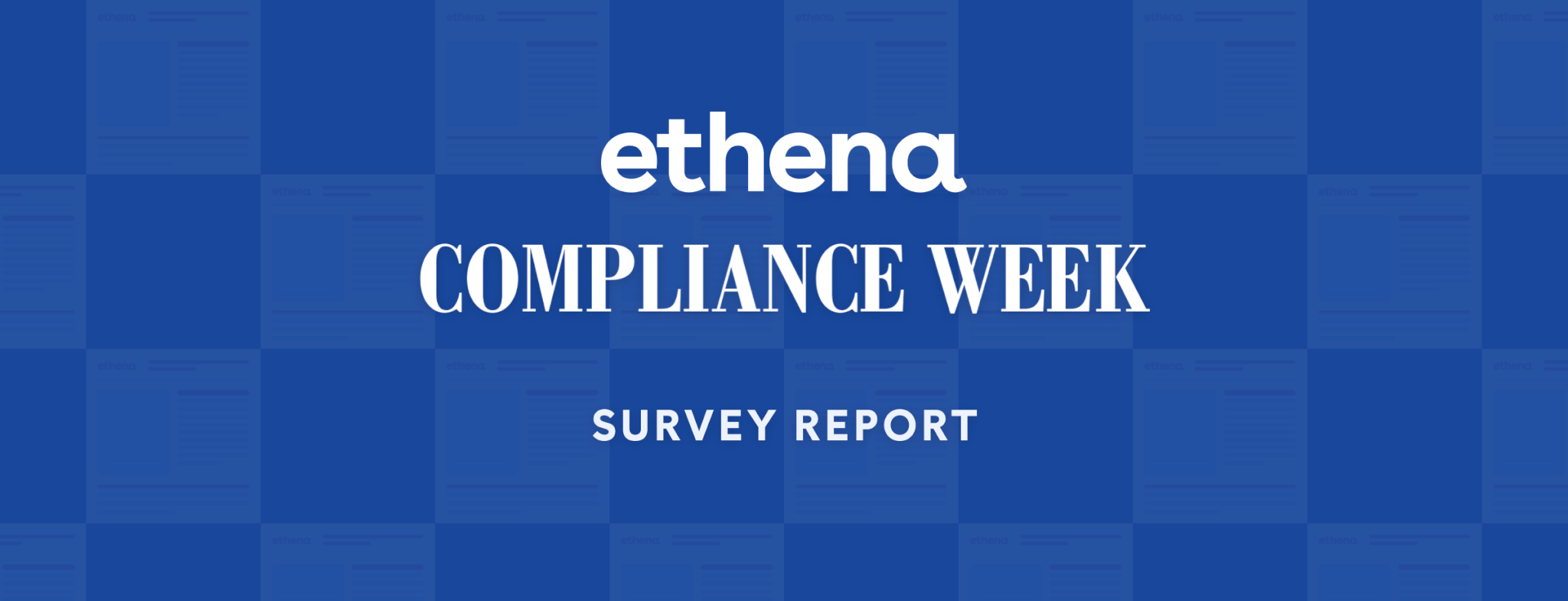In today’s business landscape, maintaining a strong ethical foundation is more critical than ever. Companies are increasingly held accountable not just for their financial performance but also for how they conduct their business. An essential tool in ensuring ethical practices within an organization is the ethics hotline. But what exactly is an ethics hotline, and why is it so important?
What is an ethics hotline?
An ethics hotline is a communication system that allows employees, vendors, customers, and other stakeholders to report unethical behavior, misconduct, or violations of company policies. These reports can include anything from fraud, harassment, discrimination, and conflicts of interest to violations of laws or company ethics codes. The key feature of an ethics hotline is that it offers anonymity and confidentiality, giving people the confidence to report issues without fear of retaliation.
Ethics hotlines can be managed internally by a company or outsourced to third-party providers who specialize in handling such reports. The hotline typically offers multiple channels for reporting, such as phone, web portals, email, and mobile apps, making it accessible and easy to use.
What are the benefits of an ethics hotline?
1. Helps build an ethical culture
An ethics hotline is a tangible demonstration of your organization’s commitment to ethical behavior. It sends a clear message that the company values transparency, accountability, and integrity — and that it takes misconduct seriously.
2. Protects whistleblowers
Employees may hesitate to report unethical behavior due to fear of retaliation or uncertainty about how to report their concerns. An ethics hotline provides a safe, anonymous way to speak up, thereby encouraging more employees to come forward with issues that might otherwise go unreported.
3. Prevents and detects misconduct early
The hotline acts as an early warning system, allowing companies to detect and address potential issues before they escalate into bigger problems. This proactive approach can save organizations from legal consequences, financial losses, and reputational damage.
4. Ensures regulatory compliance
In many industries, regulations require companies to have a mechanism in place for reporting unethical behavior. An ethics hotline helps organizations meet these legal requirements and avoid penalties associated with non-compliance.
5. Protects the organization’s reputation
A single incident of misconduct can severely damage a company’s reputation. By providing a means to report and address issues quickly, ethics hotlines help protect the organization’s public image and maintain trust with employees, customers, and stakeholders.
Features to look for when evaluating ethics hotlines
To be effective, an ethics hotline should have the following key features:
- Anonymity and confidentiality: Employees need to feel secure when reporting concerns. The hotline should ensure that reports can be made anonymously, with the assurance that all information will be handled confidentially. This encourages more employees to come forward without fear of retaliation.
- 24/7 availability: Ethical issues don’t exactly stick to a strict schedule, so the hotline should be available around the clock. A 24/7 service ensures that employees can report concerns at any time, including after hours, on weekends, and during holidays.
- Multilingual support: In a diverse workplace, language should not be a barrier to reporting unethical behavior. The hotline should offer multilingual support to accommodate employees who are more comfortable reporting in their native language.
- Multiple reporting channels: Different employees may prefer different methods of communication. Offering various reporting channels — like phone, web portals, email, and mobile apps — ensures that employees can choose the method that works best for them.
- Clear reporting procedures: The process for making a report should be straightforward and easy to understand. Employees should know what types of issues can be reported, how to make a report, and what will happen after they do so.
- Professional handling of reports: Reports should be handled by trained professionals who are skilled in managing sensitive information and conducting fair investigations. This ensures that all concerns are addressed appropriately and that the integrity of the process is maintained.
Checklist: how to implement an ethics hotline
Implementing an ethics hotline requires careful consideration and strategic planning to ensure it'll be effective, trusted, and used by employees. Below, we'll explore some best practices that will help you successfully implement and manage an ethics hotline.
1. Communicate clearly (and often)
- Launch an awareness campaign: The success of an ethics hotline depends on employees being aware of its existence and understanding how to use it. When introducing the hotline, launch a company-wide campaign to explain its purpose, how it works, and why it’s important. Use a variety of communication channels—emails, posters, intranet articles, and team meetings—to reach everyone in the organization.
- Conduct ongoing training: Regular training sessions should be conducted to reinforce the importance of ethical behavior and how the ethics hotline fits into the company’s overall ethics and compliance program. Training should include real-life scenarios, role-playing exercises, and Q&A sessions to ensure employees feel comfortable using the hotline.
- Create tailored message: Customize the communication based on different employee groups (e.g., remote workers, frontline staff, executives). Ensure that the message resonates with the specific audience and addresses their unique concerns or situations.
- Share visibility of outcomes: While respecting confidentiality, share anonymized data on the outcomes of investigations (e.g., “X% of reports led to policy changes,” or “Y% resulted in disciplinary action”). This transparency builds trust in the process and shows that reports are taken seriously.
2. Protect whistleblowers
- Create a whistleblower policy: Develop and communicate a whistleblower policy that clearly states that retaliation against whistleblowers will not be tolerated. This policy should be included in the employee handbook, ethics training materials, and prominently featured in communications about the hotline.
- Emphasize anonymity: Design the hotline to allow for complete anonymity if the reporter chooses. This might include using third-party providers who can strip out identifying information before forwarding the report to the company.
- Maintain confidentiality safeguards: Even when reports aren't anonymous, confidentiality should be maintained rigorously. Access to the details of the report should be limited to those directly involved in the investigation, and sensitive information should be stored securely.
3. Monitor and analyze trends
- Regularly review data: Establish a schedule for reviewing the data collected from the hotline; it could be monthly or quarterly. Analyze the data to identify trends in the types of issues being reported, the departments or locations where they happen, and any recurring patterns that suggest a systemic issue.
- Conduct a Root Cause Analysis: When trends are identified, conduct a root cause analysis to understand the underlying issues driving the reports. This might involve reviewing company policies, interviewing employees, or assessing the workplace culture in specific areas of the organization.
- Be proactive: Use the insights gained from data analysis to take proactive steps to address issues before they escalate. This could include revising policies, enhancing training, or making changes to management practices in areas where problems are most prevalent.
4. Follow up
- Acknowledge reports ASAP: When a report is made, acknowledge receipt quickly to reassure the reporter that their concern is being taken seriously. Even if the investigation will take time, initial recognition is crucial.
- Follow a structured investigation process: Develop a clear, consistent process for investigating reports. This should include assigning responsibility for the investigation, setting timelines for completion, and documenting every step of the process. A well-structured process ensures that all reports are handled with the same level of rigor and professionalism.
- Ensure fairness and objectivity: Ensure that investigations are conducted impartially. This might involve assigning investigations to individuals or teams outside of the department where the issue occurred or using external investigators in cases where objectivity could be compromised.
5. Make continuous improvements
- Review effectiveness: Periodically review the ethics hotline system itself—its functionality, the ease of use, and the reporting process. Gather feedback from users (anonymously) to identify areas for improvement.
- Embed ethics into your culture: Work to ensure that the ethics hotline is not just a standalone tool but part of a broader culture of integrity and accountability. This involves ongoing dialogue about ethics at all levels of the organization, from top leadership to frontline employees.
- Get leadership involved: Leadership should be visibly involved in promoting the ethics hotline. This could include endorsements from top executives, participation in ethics training, or regular updates from leadership on the importance of ethical behavior and the role of the hotline.
The final word
Implementing an effective ethics hotline is a strategic endeavor that requires ongoing commitment and attention to detail. By following these best practices — communicating clearly, protecting whistleblowers, monitoring trends, following up, and investing in continuous improvements — organizations can create a robust system that not only encourages ethical behavior, but also strengthens the overall integrity and trust within the company.
An ethics hotline is more than just a compliance tool; it’s a vital component of an organization’s ethical culture. When implemented and managed effectively, it can help prevent misconduct, promote transparency, and protect both the organization and its employees.









